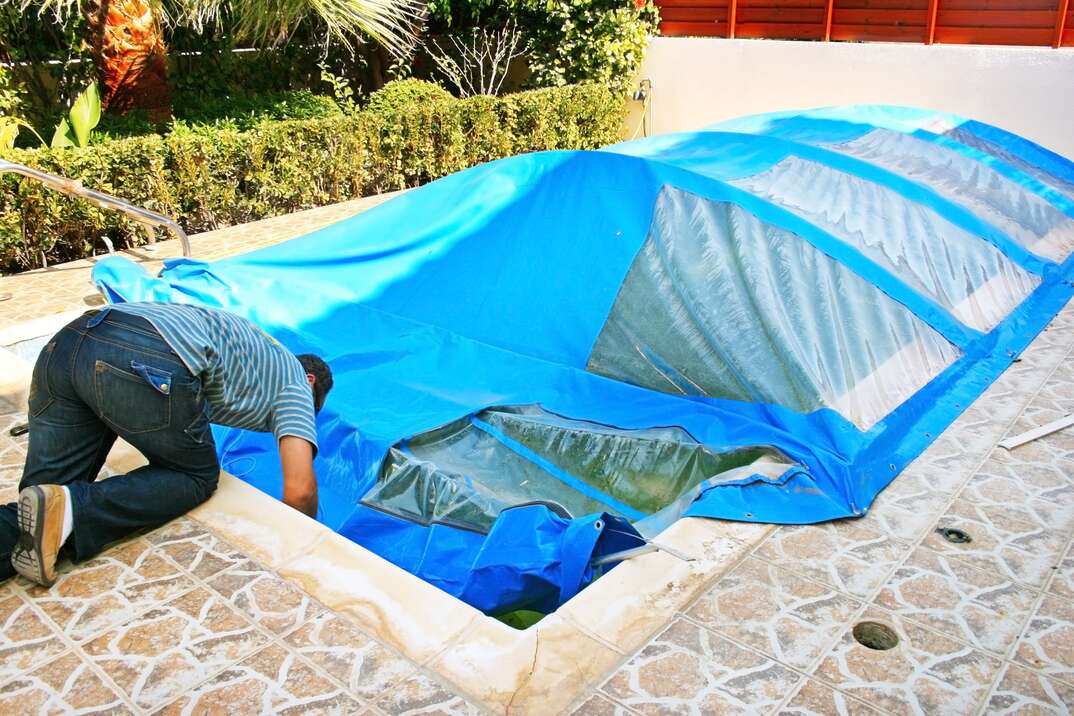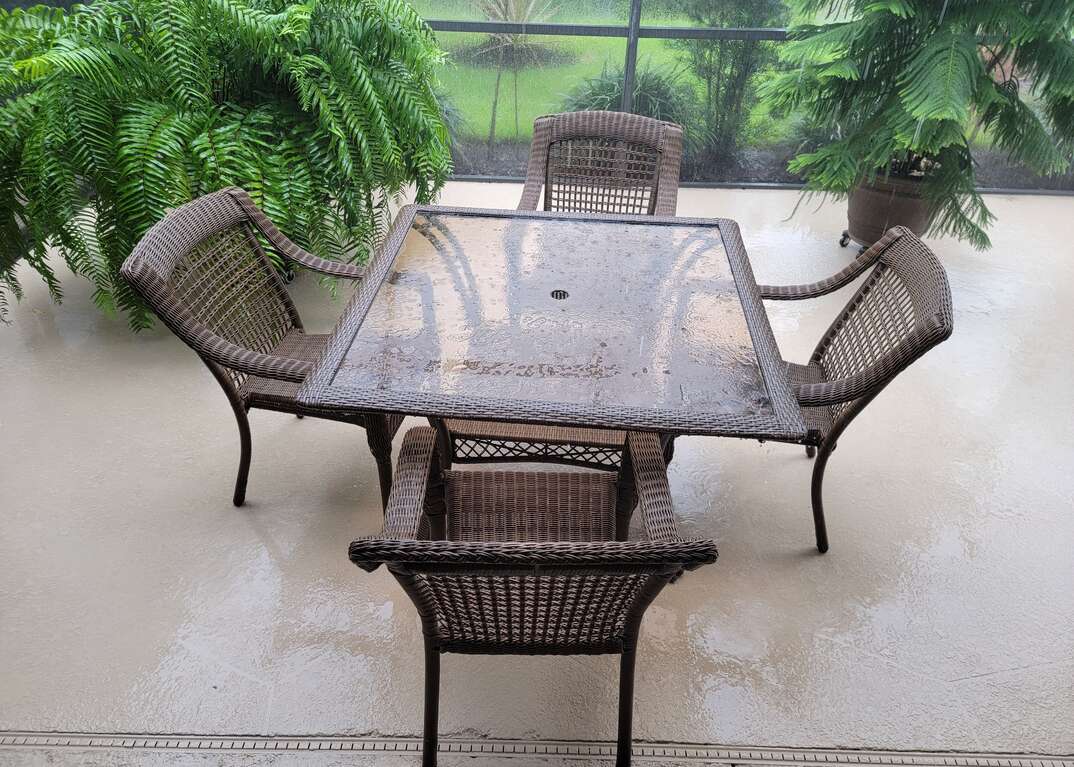Go to Your Happy Place: How to Hang a Hammock

Just the idea of a hammock puts one in a relaxing mood. Softly swaying, cocooned in a cozy swath of soft material — climb in and bliss out.
This May Also Interest You: How to Install a Porch Swing
Lucky for everyone looking to own a hammock, you don't need an outdoor space to hang one. Indoor options exist. Read on to learn how to hang your own hammock of happiness.
Buying a Hammock
The main decision you’ll have to make before going to buy your first hammock is whether you’ll be hanging it inside or out. Hammocks can be made from cotton rope, polyester rope, woven fabric or canvas. If your hammock will be outside, choose a hardier material like canvas. Even if the hammock claims to be weatherproof, it’ll last longer if you bring it indoors during bad weather and over the winter if you live in a cold climate.
Hammocks come in two types, those with spreader bars and those without. Spreader bars are typically wood pieces at either end of the hammock which keep it open. Hammocks without spreader bars are the more traditional style.
How to Hang a Hammock Outdoors
If you have a house, a hammock can be placed anywhere. You can either hang it from two conveniently spaced trees, or even a porch if the posts are sturdy enough.
Let’s discuss hammock hardware. You’ll need different bits of hardware depending on if you are hanging the hammock from trees or the porch. Using and installing the right hardware correctly is key to a safe hammock-swinging experience. If you’re hanging your hammock on the porch, hardware may include ring buckles, finger nines, J-hook wall anchors, large S-hooks and lengths of chain. Also, remember that this type of installation isn’t very moveable. Once you install the hammock, that’s probably where it will stay.
If you are hanging from trees, rope is a better option as some types of hardware will harm the tree. Rope and tree straps are best for hanging a hammock between two trees. While you won’t need any tools, you will need to master strong knots. This hanging method is also easy to put up and take down, so your hammock can go with you.
Tree straps are probably your best option for either porch or tree installation. Tree straps have a loop at one end and multiple loops, called attachment points, sewn along the strap’s length. Wrap the single-loop end around the first tree or porch post. Insert the long end of the strap through and pull tight. Now attach a carabiner to any one of the attachment points. Repeat with the second strap on the other tree or porch.
If you’re hanging from the porch, use an overhead beam for weight support. Wrap two ropes or straps around the beam. Attach each suspension to an eye of the hammock using a knot or a carabiner.
What else do you need to consider? If you are using two trees, the recommended distance between them is 10 to 15 feet. With a spreader bar hammock, the length of the hammock will be the necessary distance between trees. For example, a 10-foot hammock needs 10 feet between trees. For hammocks without spreader bars, a good rule of thumb for hanging distance is 2 feet longer than the total length of a hammock. If you want more tension in your hammock (for ones with no spreader bars), lengthen the distance. If your trees aren’t ideally placed, you can hang extra straps.
Also, think about how high your hammock should be. Ideally, 18 inches between the ground and your hammock should allow you to sit in it comfortably. For your hardware, secure the tree strap, anchor, rope, etc., about 48 inches up, and aim for the hammock’s suspension to hang at a 30-degree angle.
To make your hammock “installation” super easy, buy one with a stand. The stands are easy to set up and no hanging tools are required. They can look great in a yard, but if space is a consideration, they may be a bit bulky.
More Related Articles:
- How Much Does It Cost to Install a Porch Swing?
- Putting Your Laundry on the Line: Here’s How to Install a Clothesline (and Save Energy)
- Post-Lockdown Parties: Outfit Your Outdoor Space for All-Weather Entertainment
- Hot Tips! 5 Backyard Safety Suggestions
- Putting in a Pool? Here’s Everything You Need to Know
Hanging a Hammock Indoors
You’ll most likely have to do some drilling in order to safely hang your hammock inside. The first and most important step is to find a place with secure support. Use a stud finder and choose wooden studs over metal ones. Never hang your hammock from drywall. Find the stud behind the drywall and drill into that spot. You’ll want to get some heavy-duty hardware, like eye bolts, screw eyes, J-hooks and S-hooks. Chains are an ideal attachment as they are secure and easy to adjust with s-hooks. This means you can alter the hammock’s tension to your liking.
After you’ve found the ceiling joists with the stud finder, mark the joist’s center and drill a small hole into the joist. You’ll know if you’ve found solid wood if there are wood shavings on the drill’s bit. If there aren't, look for another spot. Measure the distance between the two anchor points, most likely anywhere from 10 to 15 feet, depending on the length of your hammock and how much tension you desire. As with hanging a hammock outdoors, you’ll want to aim for about 18 inches off the floor.
Once you’ve identified your second anchor point, again drill a small hole. Then, in both holes, screw in heavy-duty eye-bolts. You’ll want them long enough to go at least 2 inches into the wood joists. Next, attach your chain to the hammock’s end-loops and hook the suspensions to the eye-bolts with carabiners. Adjust the length as needed to get your preferred height and tension.
Final Tip
After choosing the best hardware and finding the safest space to hang your hammock, one of the most important aspects is the distance between the hammock’s ends. This creates what's known as “sag” or the “tension” — how high or low your hammock hangs. Getting this distance right is key to you feeling comfortable in the hammock. It’s largely a personal decision, so experiment until you find what's right for you.


